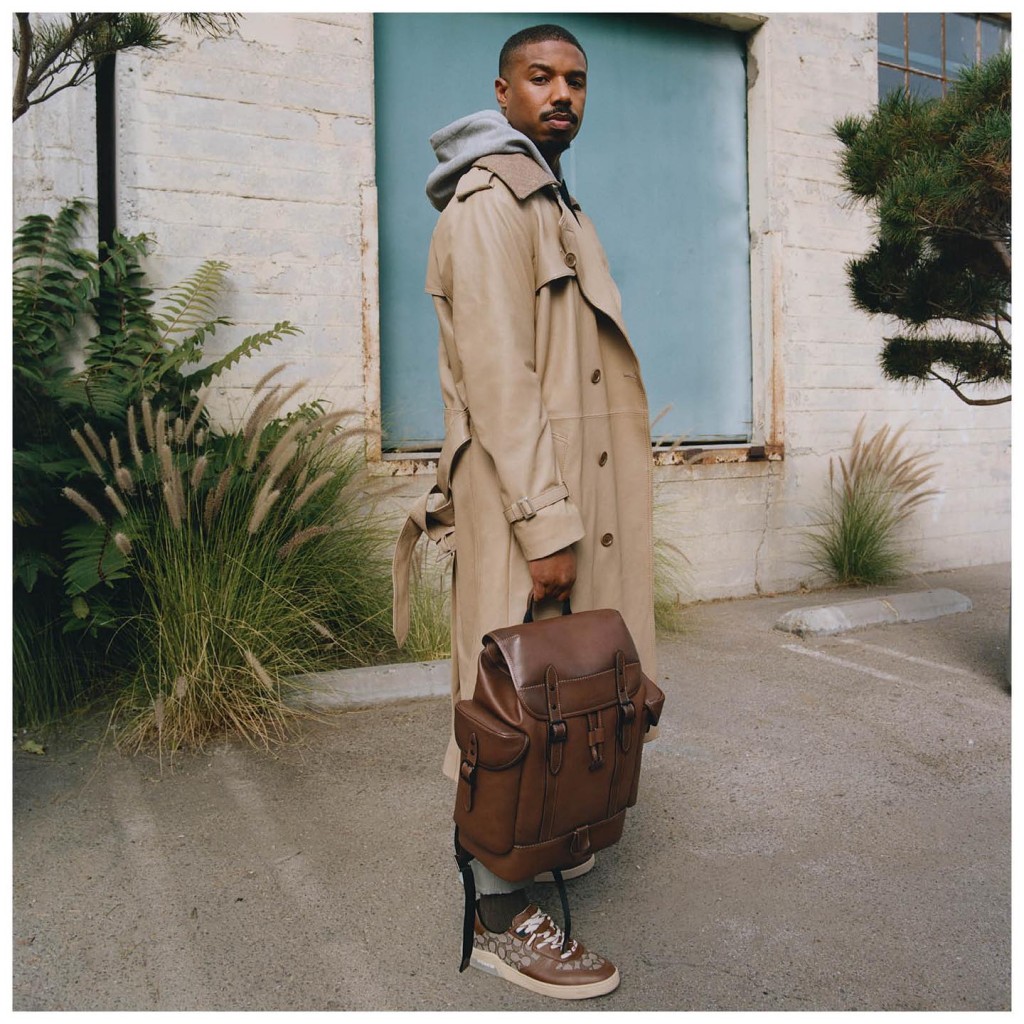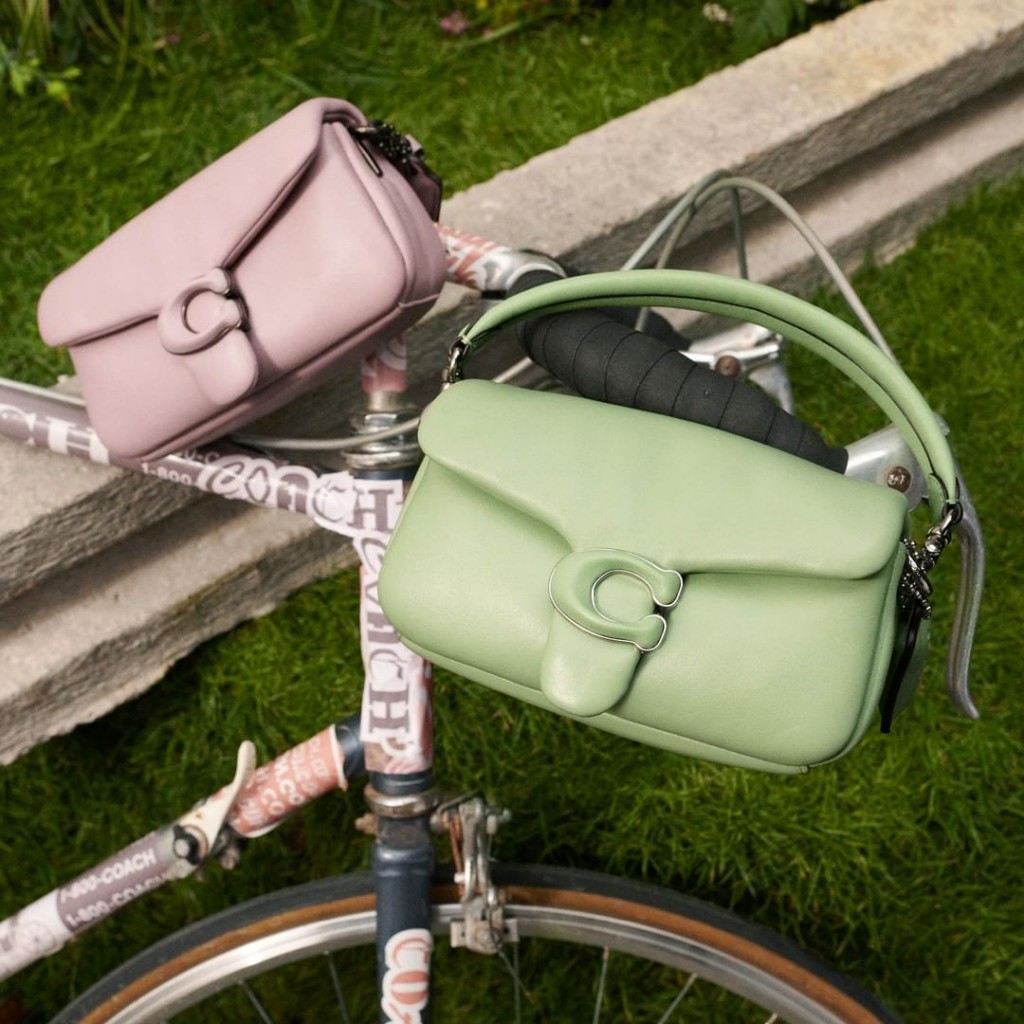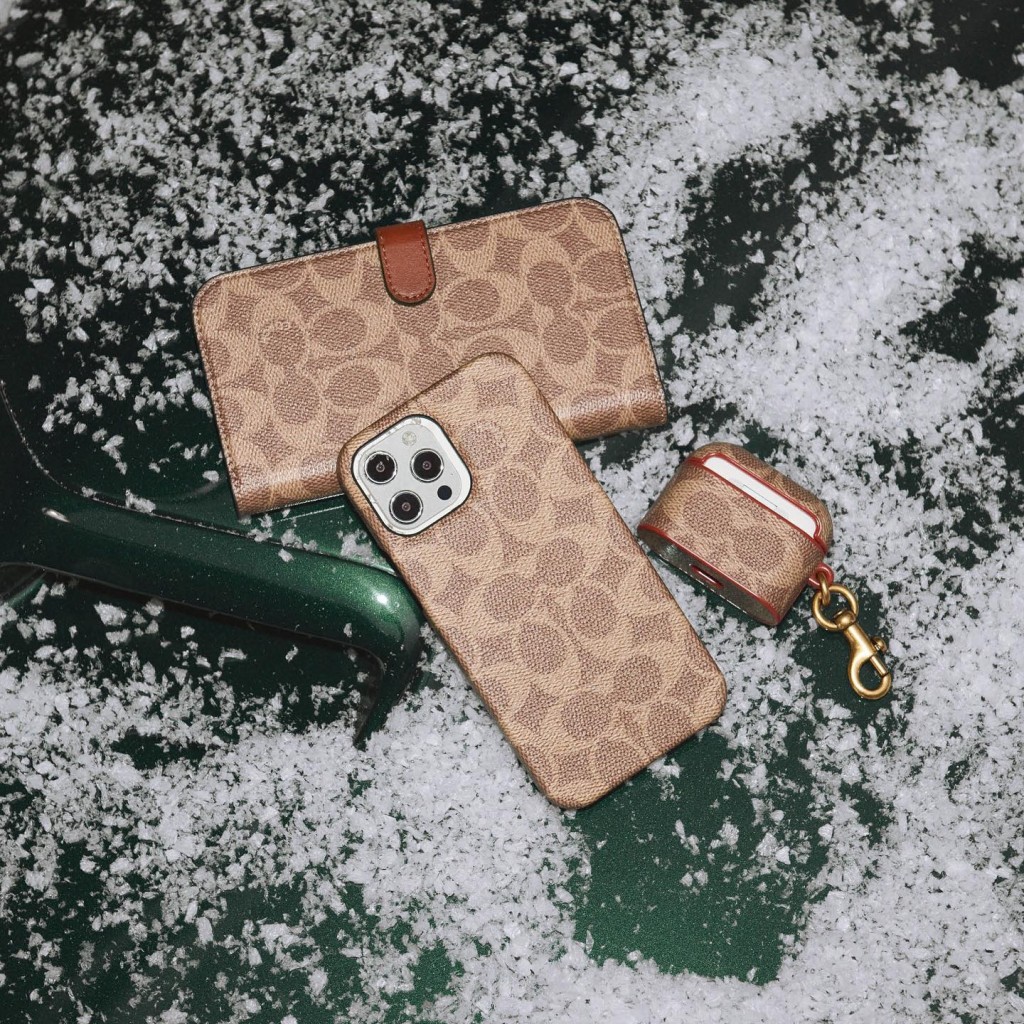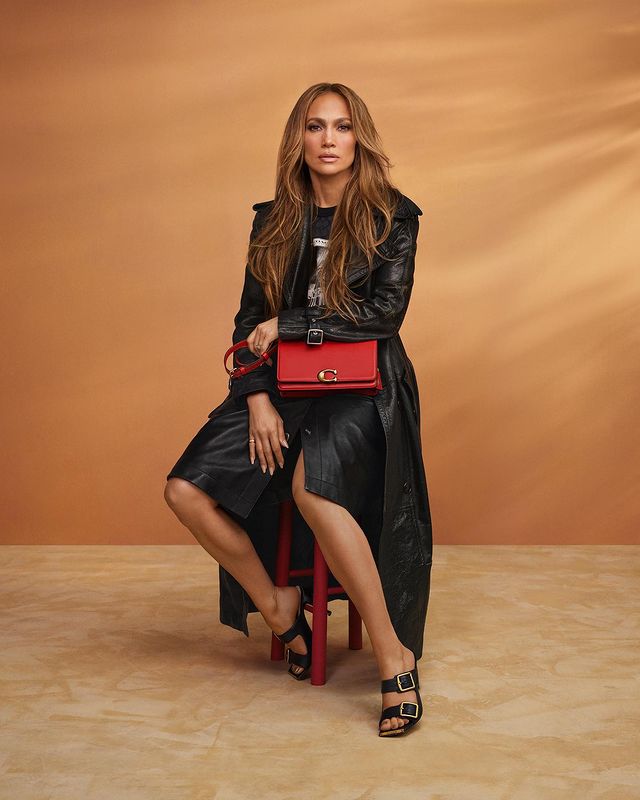Coach may not have intended it, but, from the moment it decided to continue to price its high-quality products at lower-than-industry standards and offer huge discounts to every and anybody, it became the ‘accessible luxury brand’, a tag that it quickly realised was more dangerous than helpful.
Pricing is a challenge for existing luxury brands, and even more so for emerging ones. Price too low and your brand is perceived as cheap or mass-market (and since there are a million and one brands in this category willing to offer less for a lower-quality of your type of product, it is easy to get lost in the noise here), but then price too high (without being able to justify it) and you will lose out on sales for being too overpriced.

Coupled with this pricing problem was an inability to evolve to match consumers changing tastes as well as being unable to stand out from emerging competitors. Seeking respite in huge discounts did nothing to help matters and by the early 2000s, Coach was tottering on the brink of extinction.
Today, the story is much different. According to BoF, “in its most recent fiscal year, the brand’s overall sales recovered to above pre-pandemic levels, up 16 per cent year-over-year to $4.9 billion. It managed to raise the average price of its handbags by 30 per cent compared to 2019. A BoF Insights report found Coach was the first brand most US shoppers thought of when considering buying a bag, and it ranked in the top 10 among high-net-worth individuals in the US and China. Coach recruited nearly 8 million new customers in North America in the last two years.”

Wondering how the American luxury house was able to rise from the obscurity of affordable luxury to the coveted position of entry-level and ‘expressive luxury’ — a term used by Todd Kahn, the label’s CEO and Brand President? Here are some lessons they learnt, and the changes they implemented
1. Less really is more in luxury
One of the earliest steps Coach took to climb out of the mass market ‘trenches’ was to reduce inventory, reduce its presence in department stores and open its own outlets to control distribution.
Unlike everyday goods where profits come from a higher number of units sold, luxury thrives on exclusivity and scarcity. By reducing inventory and having a tighter control on distribution, Coach is able to ensure that their products get to those who truly need and appreciate them.
2. If it works, don’t change it: improve on it.
The first Birkin was made in 1984, and more than three decades after, it remains a highly-coveted luxury item. To date, Hermès continues to design the very popular Birkins the same way, choosing only to introduce different materials, newer colourways and refreshing styles. The result is a purse with a rich history that is instantly recognisable and sought after by every generation year after year.

Coach is learning to do the same. Following the successful launch of the Tabby bag in 2019, it introduced a new puffy style in 2021, choosing to update the design rather than phasing it out completely. Of course, it is still introducing new designs like the jelly purses that will be available next spring, but it is slowing down on that while updating all the older, popular bags.
Like Kahn explains, “It’s actually a much stronger formula for success than constantly bringing newness and prematurely killing off fabulous bags.”
3. Discounts are a bad idea: introductory products work better
Nothing kills luxury brands faster than discounts, especially the steep, regular kinds.

As Coach has now learnt, instead of discounts, luxury brands looking to appeal to a younger audience or emerging luxury buyers that may not have the purchasing power of older, established clients can be given a taste of the brand through smaller products like sunglasses, simple jewellery, and other types of accessories that do not water down the essence of the brand itself.
4. Influencers are still important, but only if they are the right fit.
Who’s the first celebrity that comes to mind when you think of Balenciaga?
Maybe (Kan)Ye West, but definitely, Kim Kardashian who has become almost synonymous with the brand.

Since the introduction of Selena Gomez as its ambassador in 2016, Coach has gone on to recruit more celebrities-cum-influencers that somehow speak to every segment they are trying to capture, from JLo to Lil Nas X, Wisdom Kaye and even MeganTheeStallion. All of these influencers have helped bring fresh eyes to the brand while still helping to preserve its luxury and aspirational status.
The world is still dealing with economic uncertainties from events of the last two years, but if Coach has learnt anything, it is that no matter what happens, affordable or accessible luxury is not the label luxury brands want to have attached to them. Ever.
